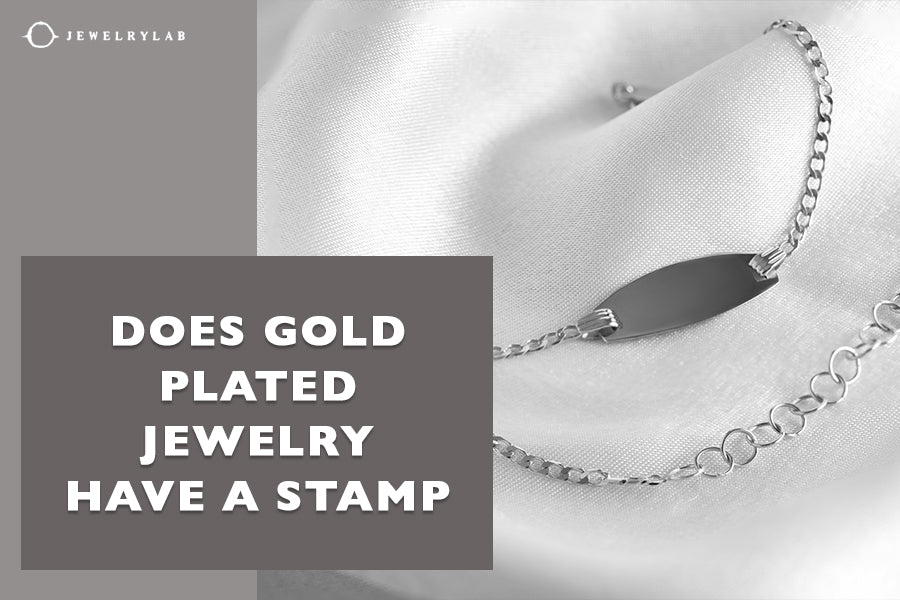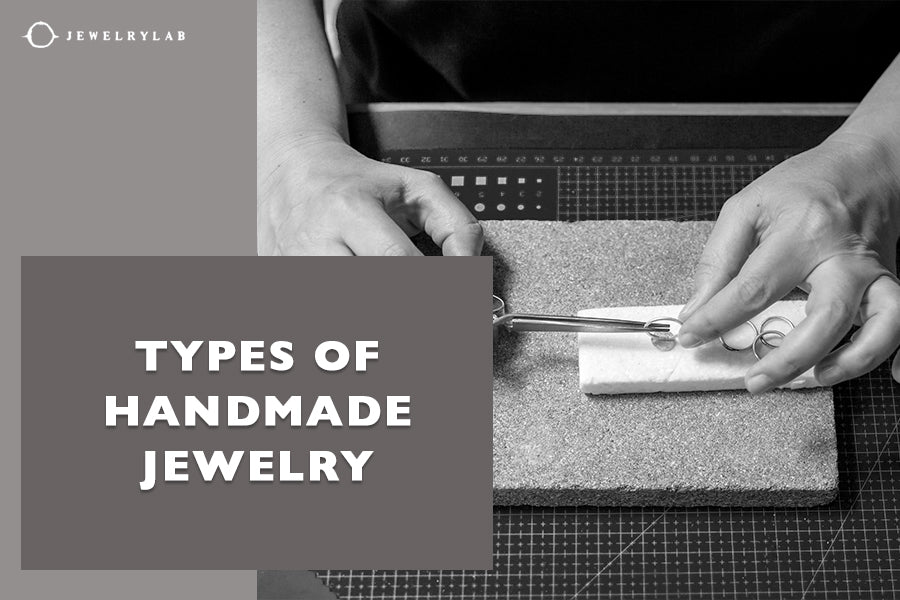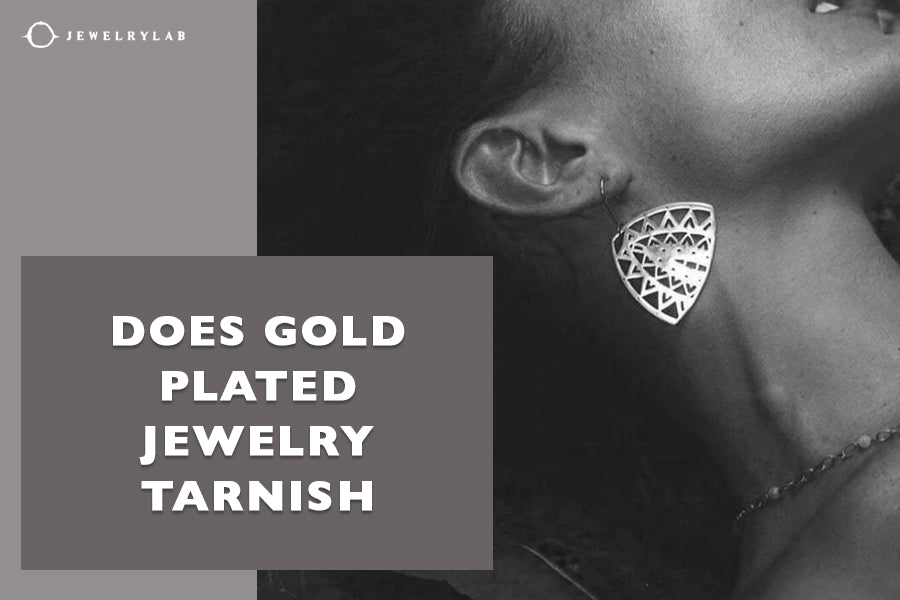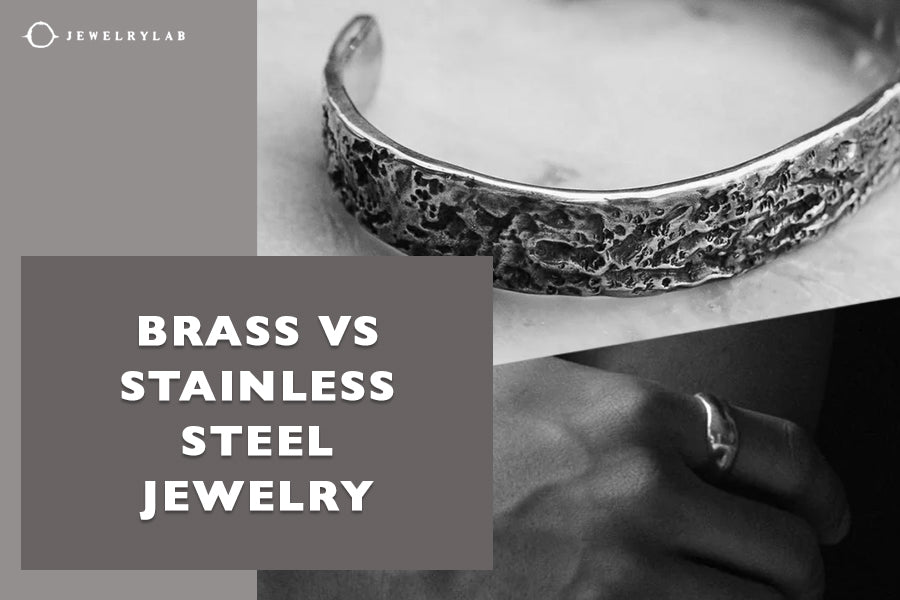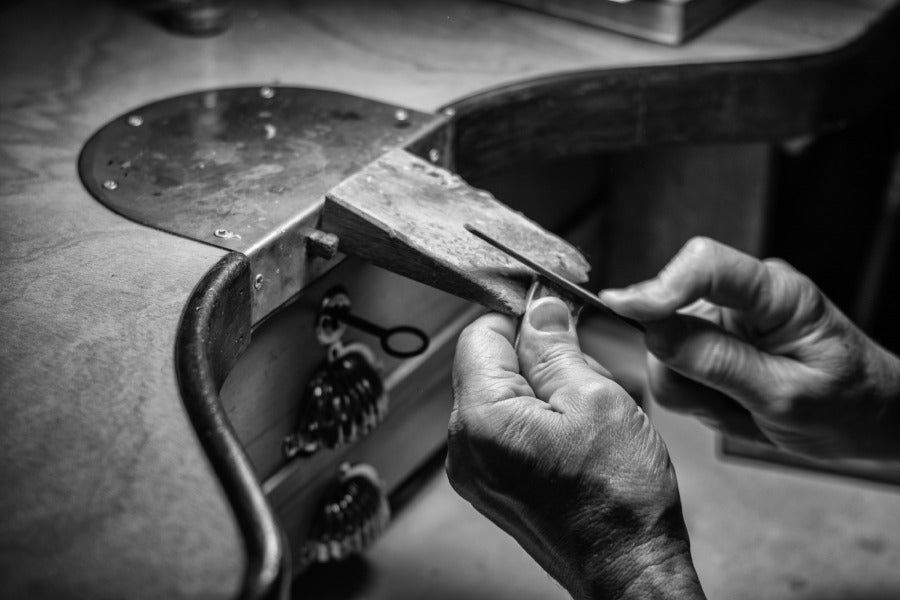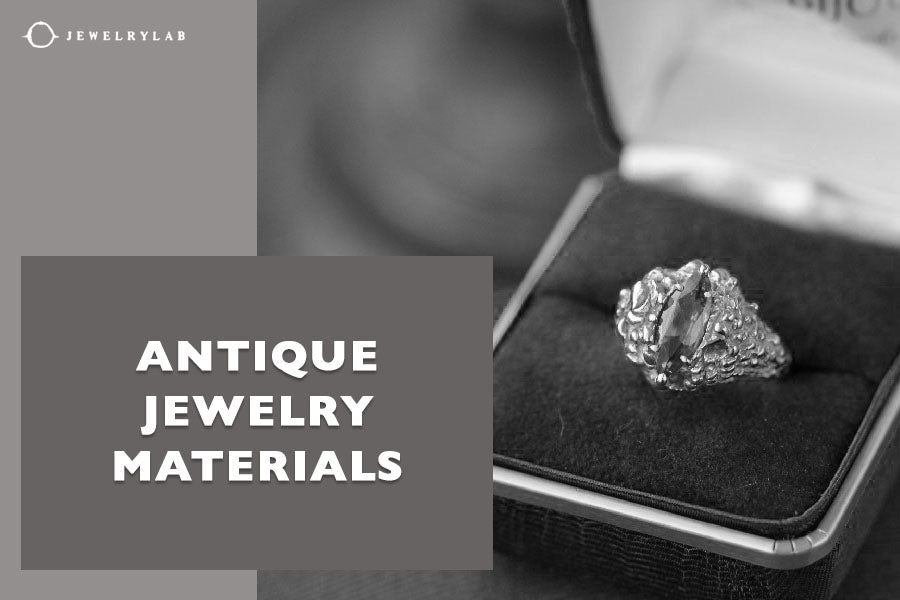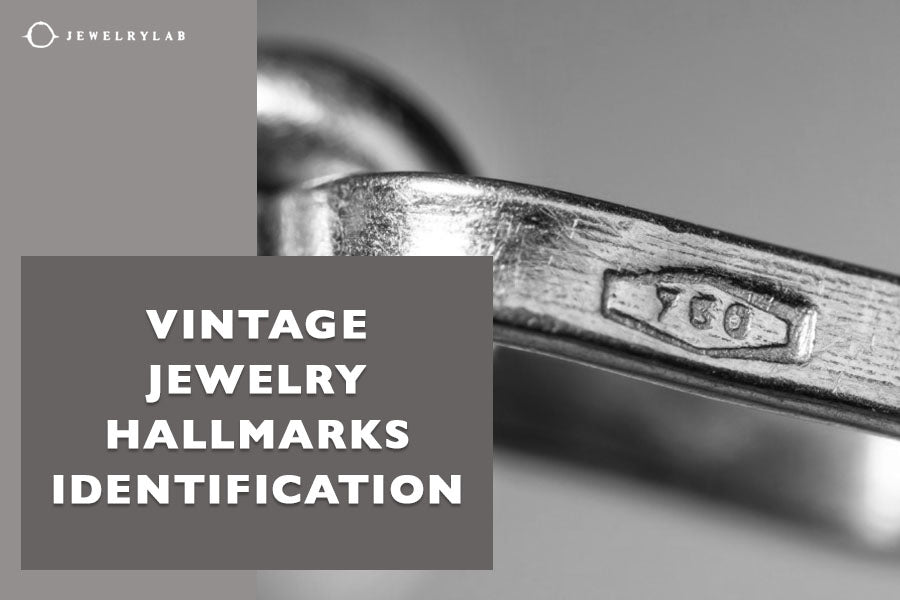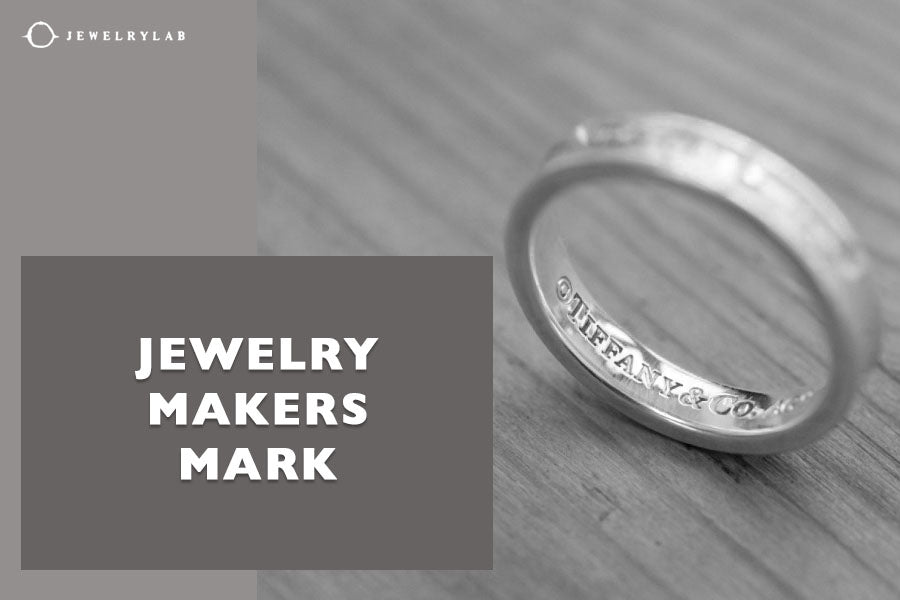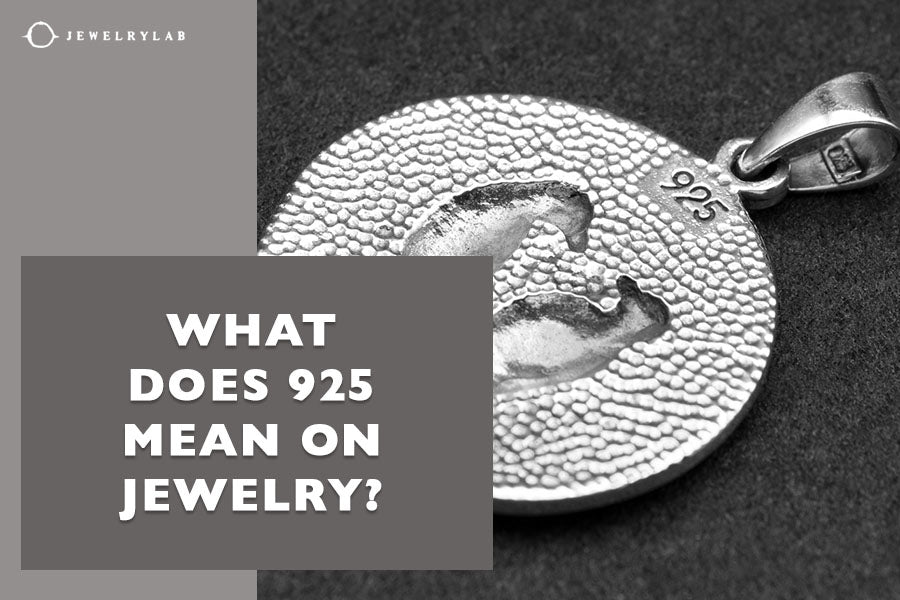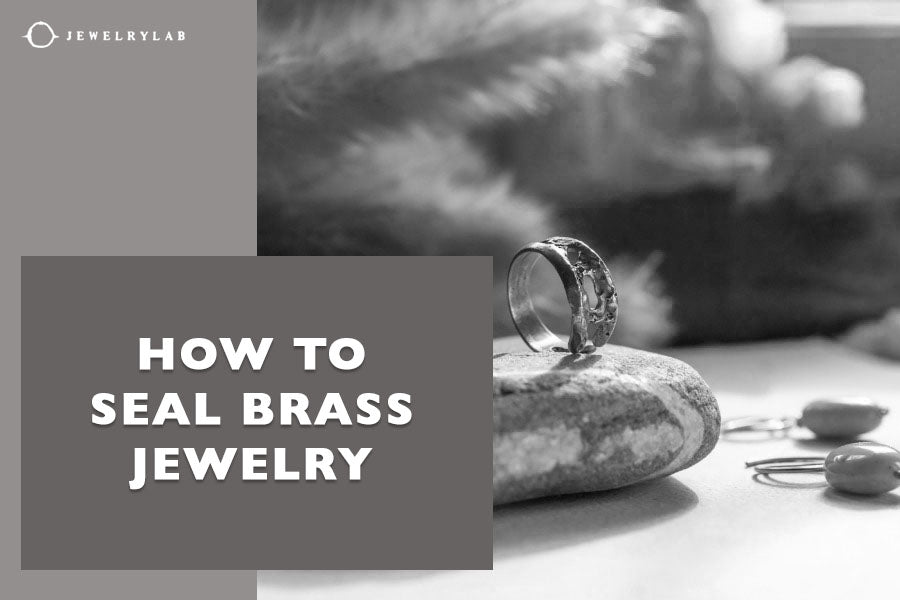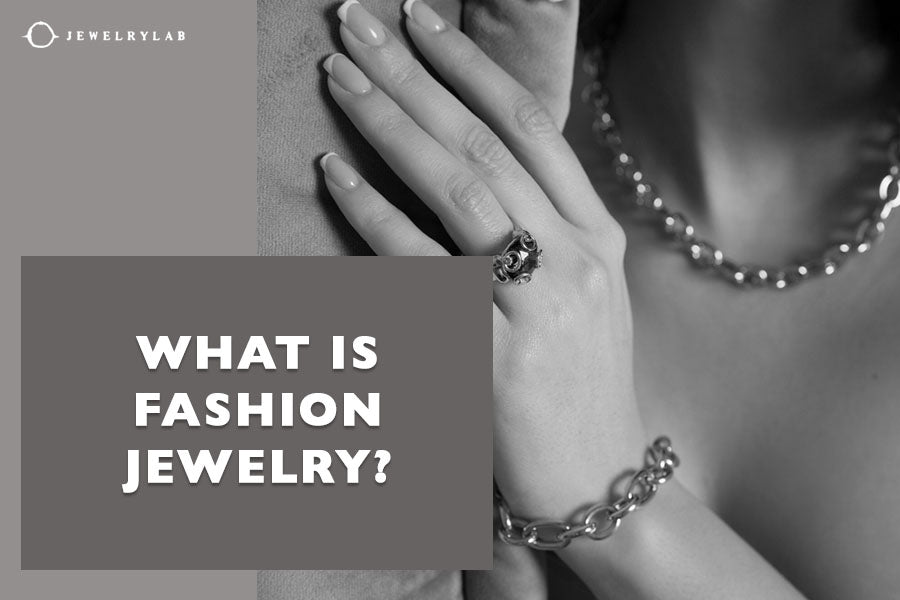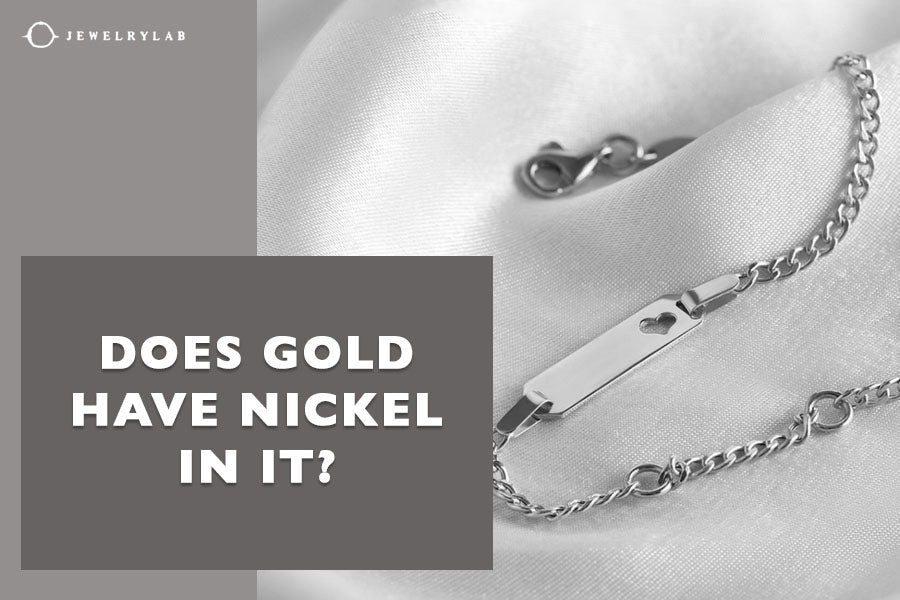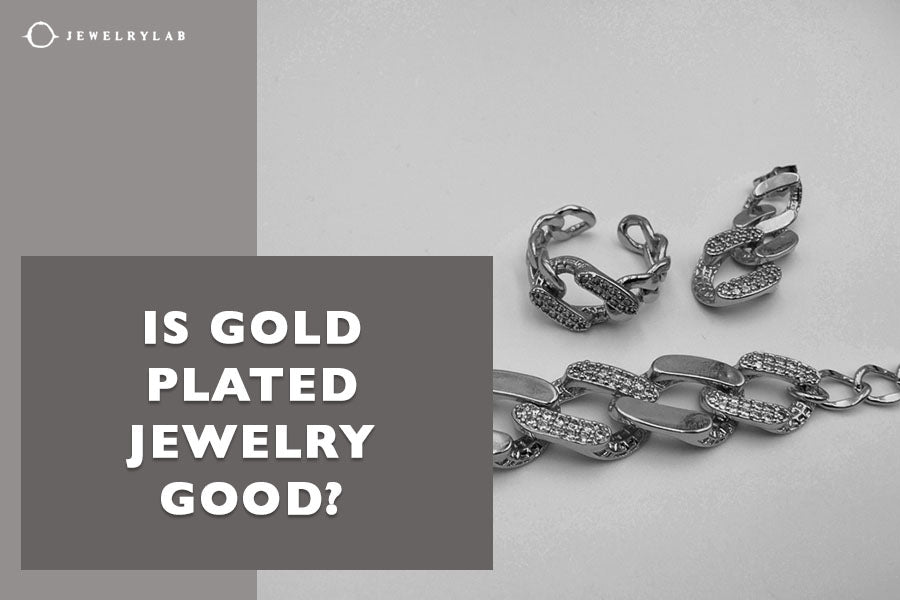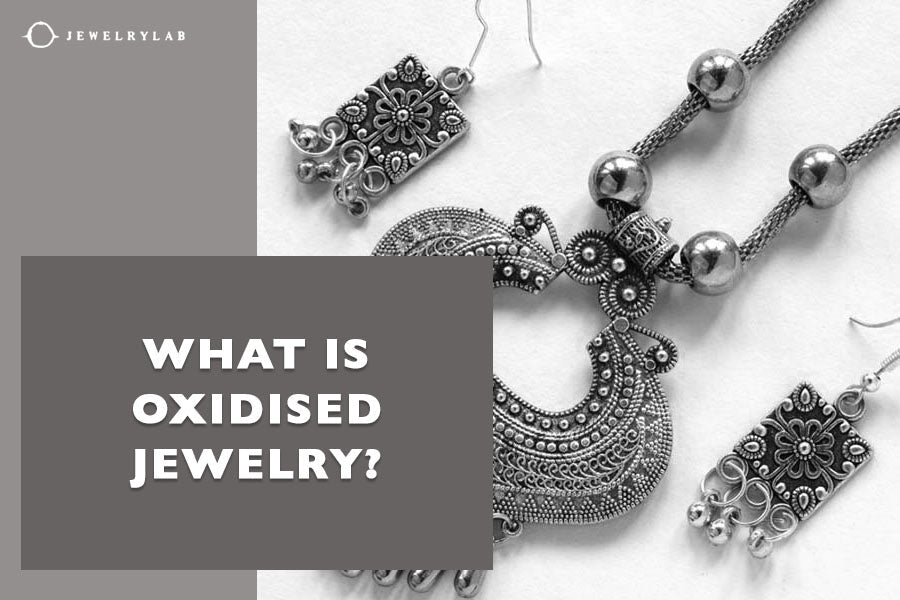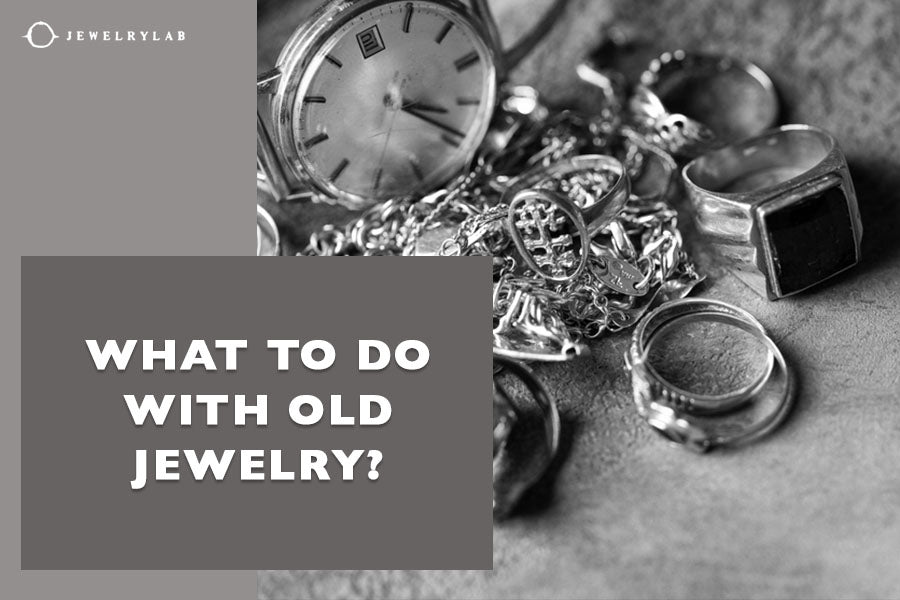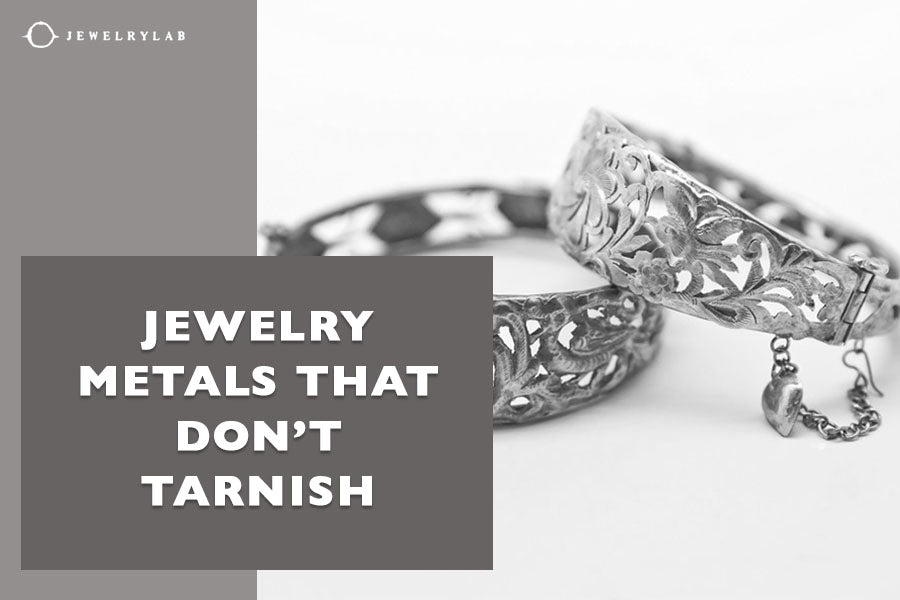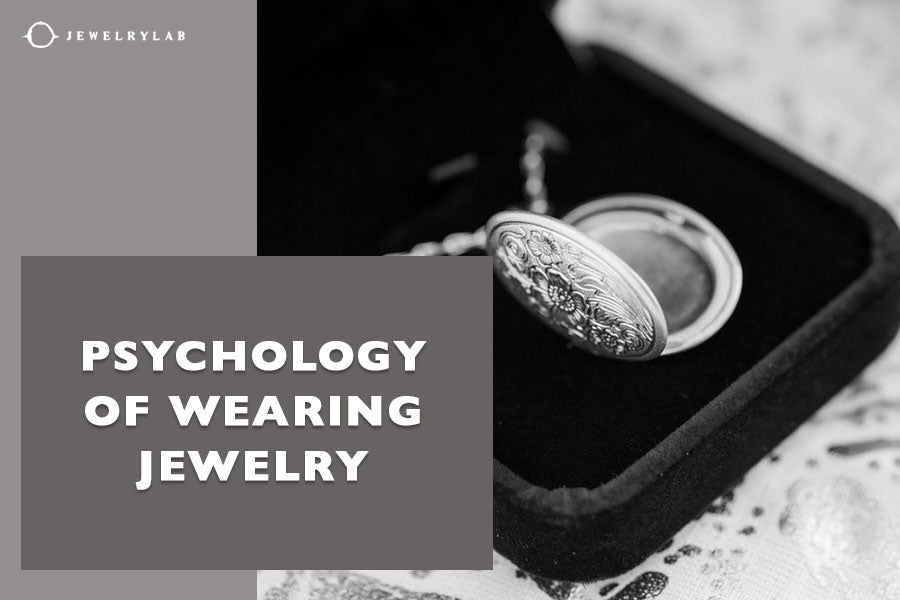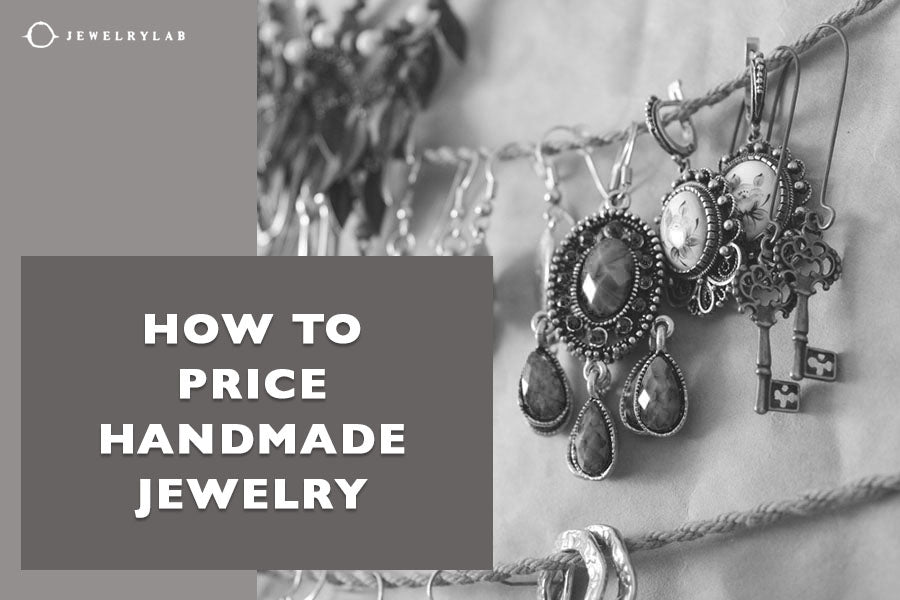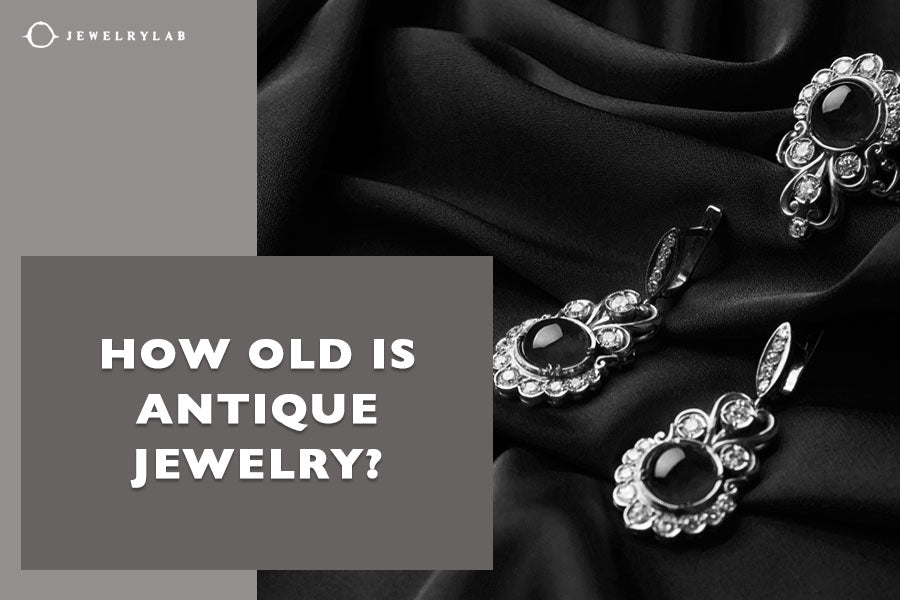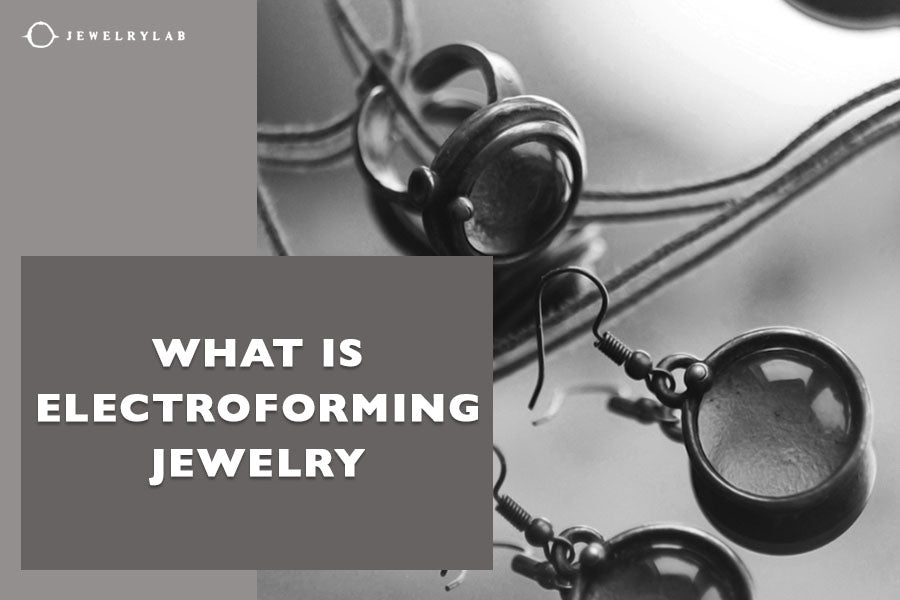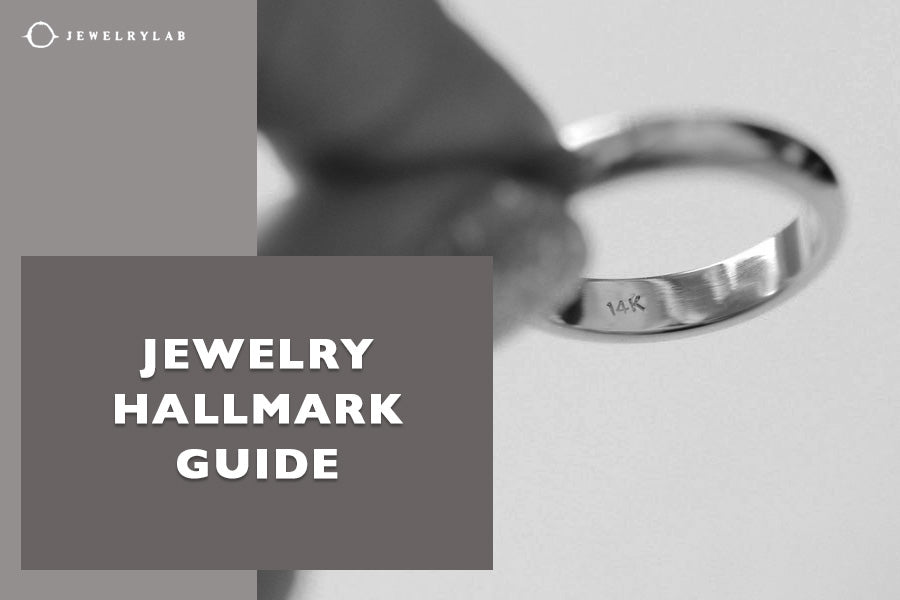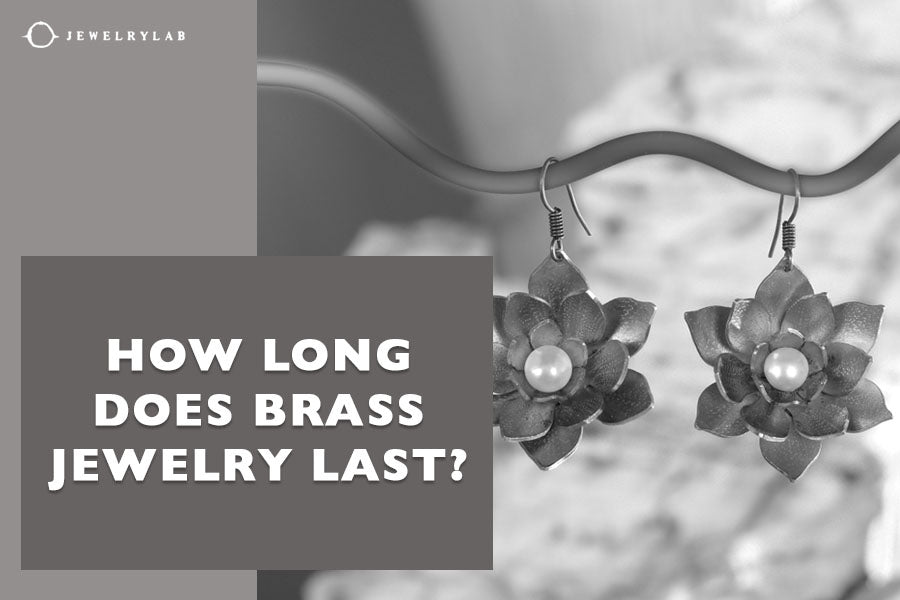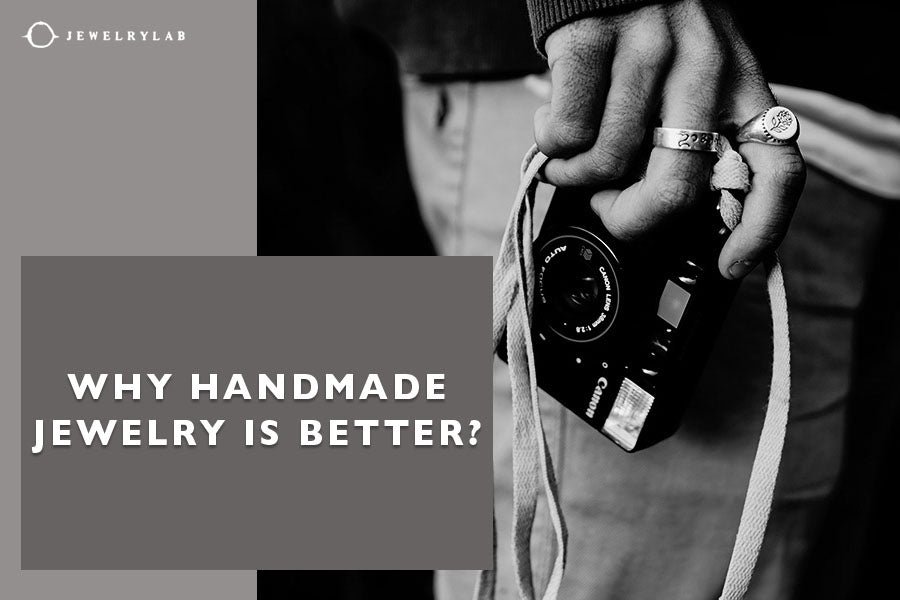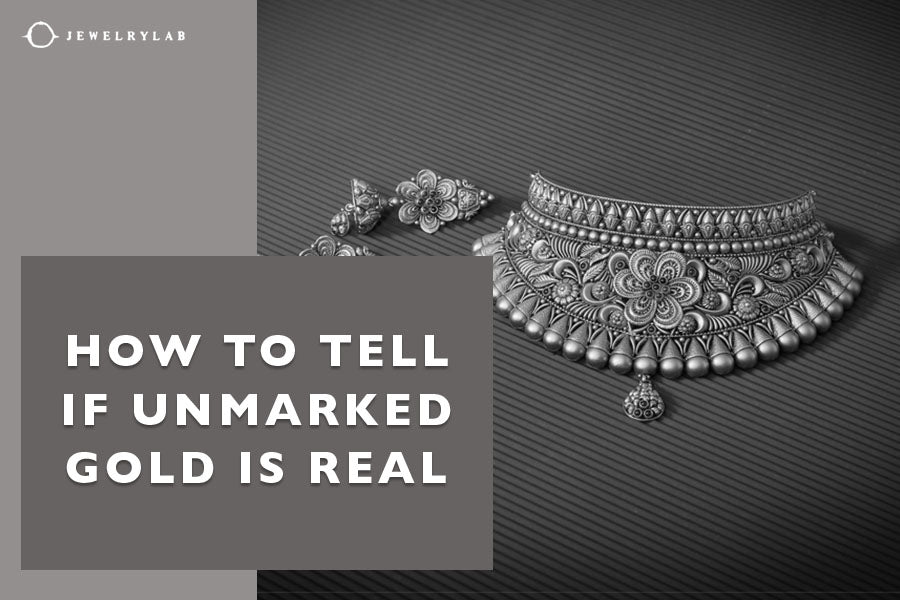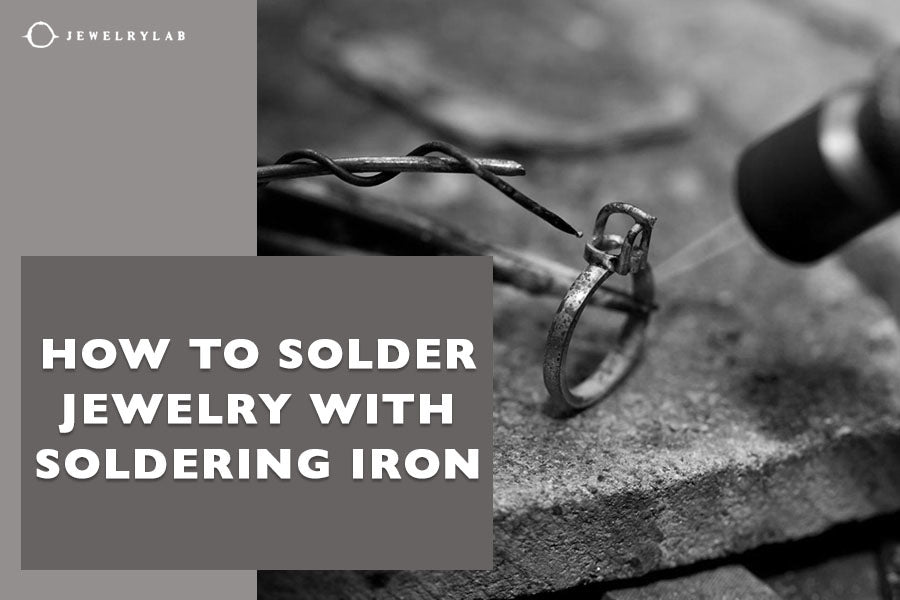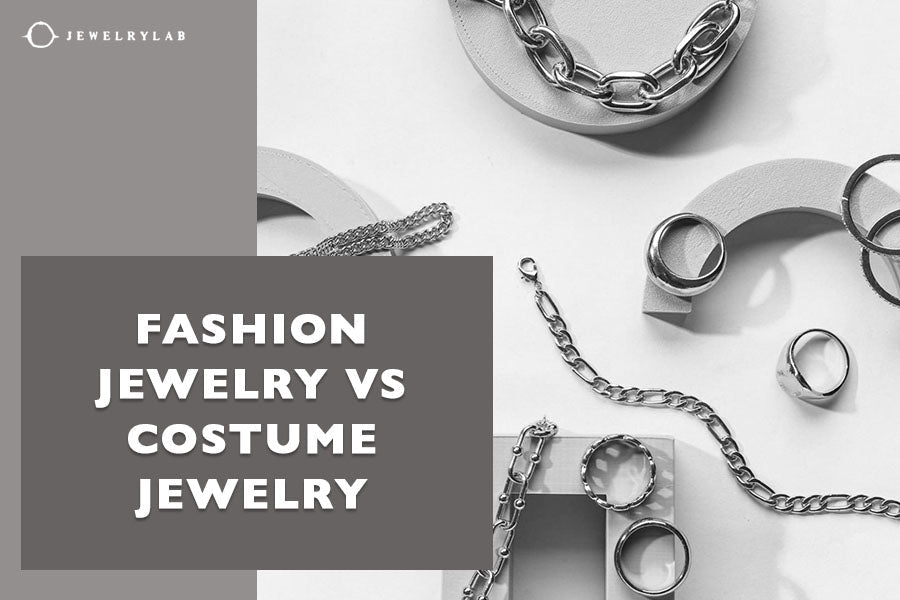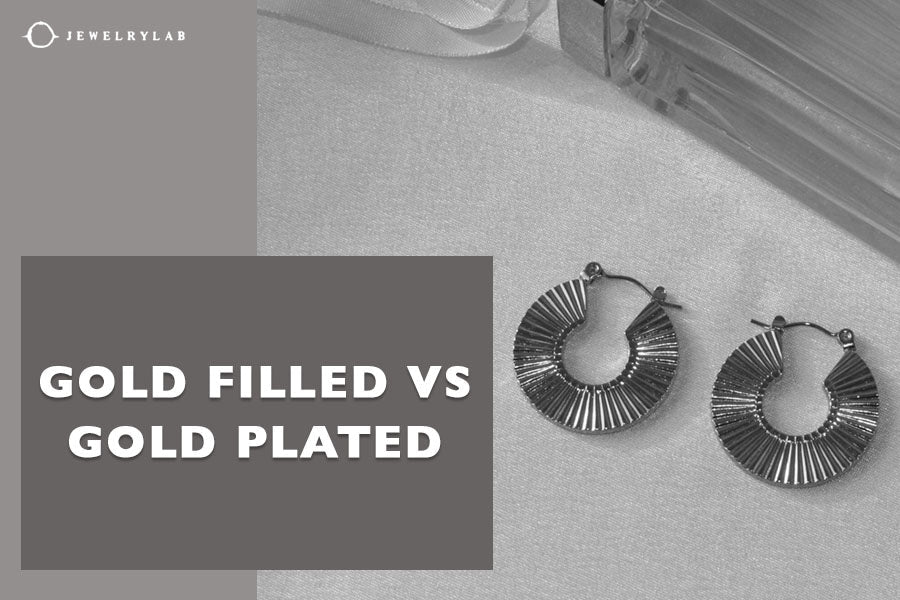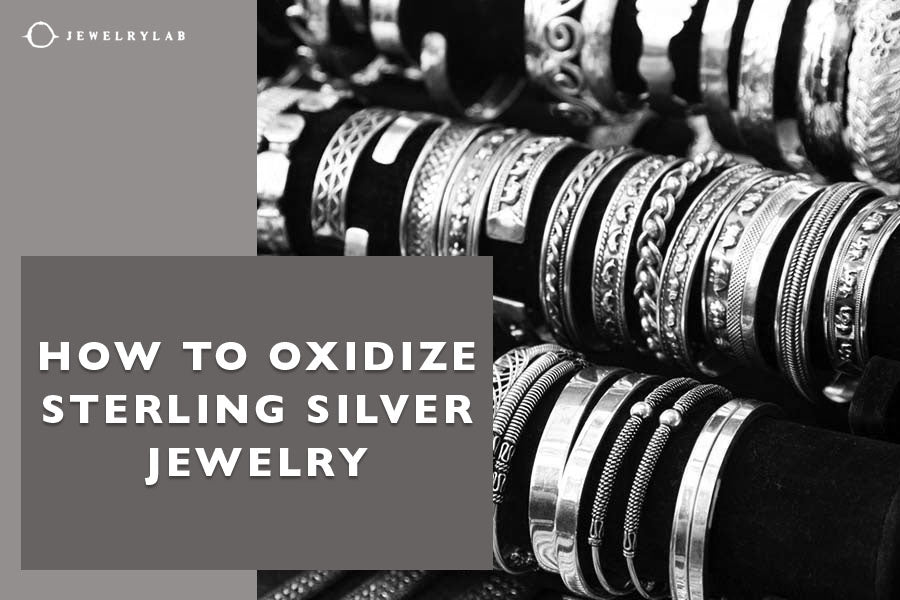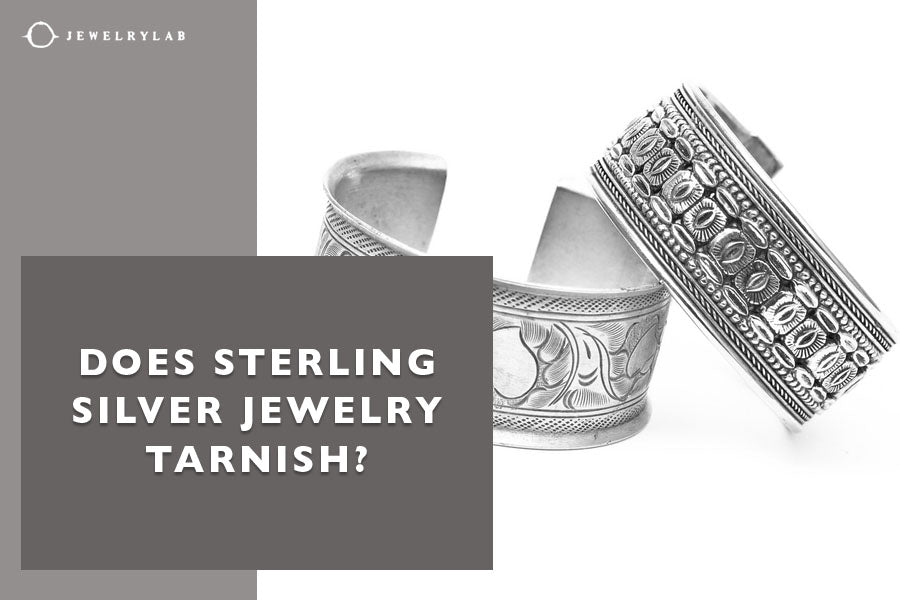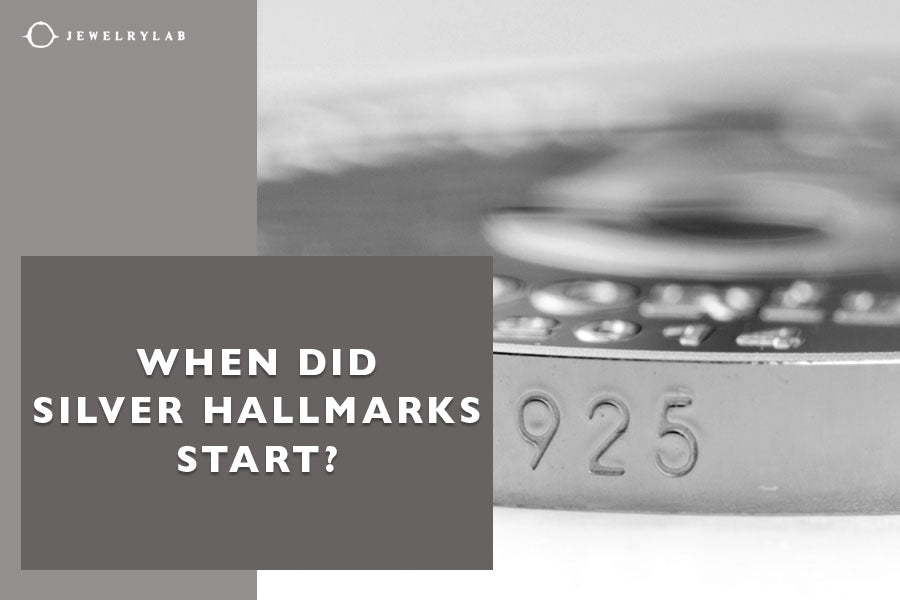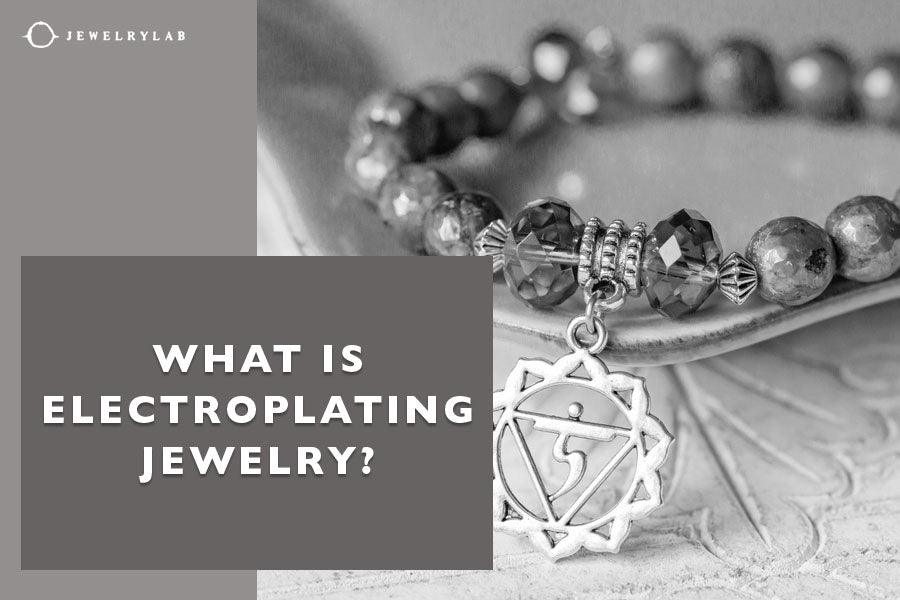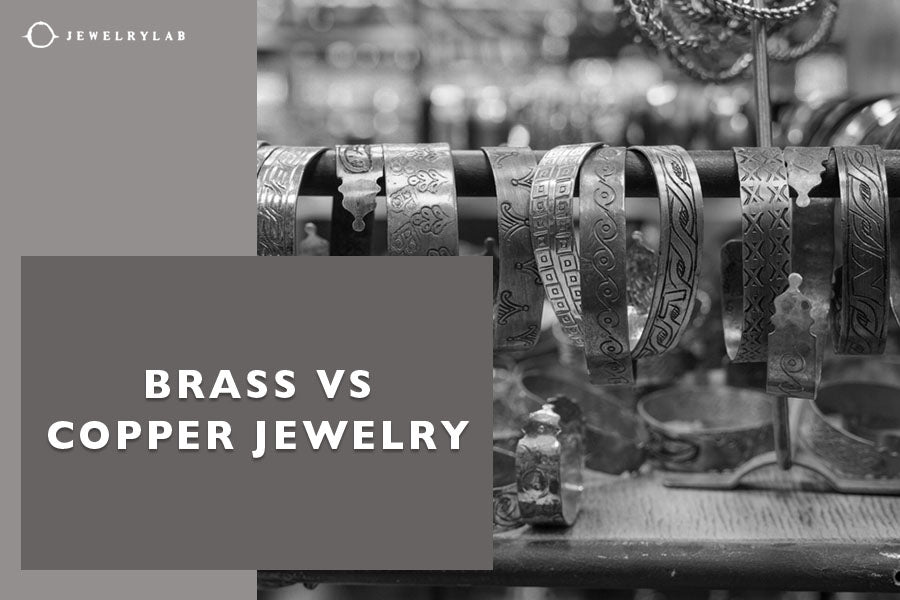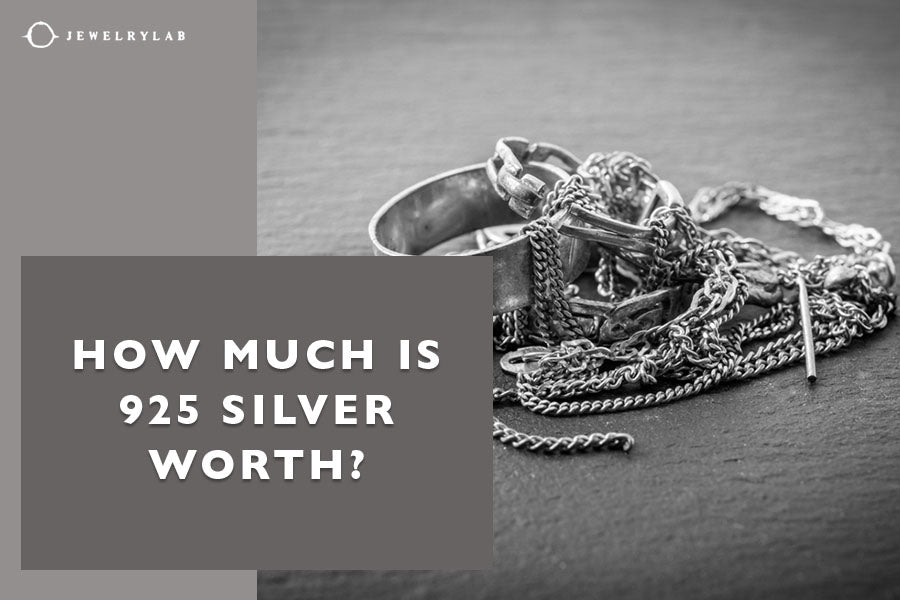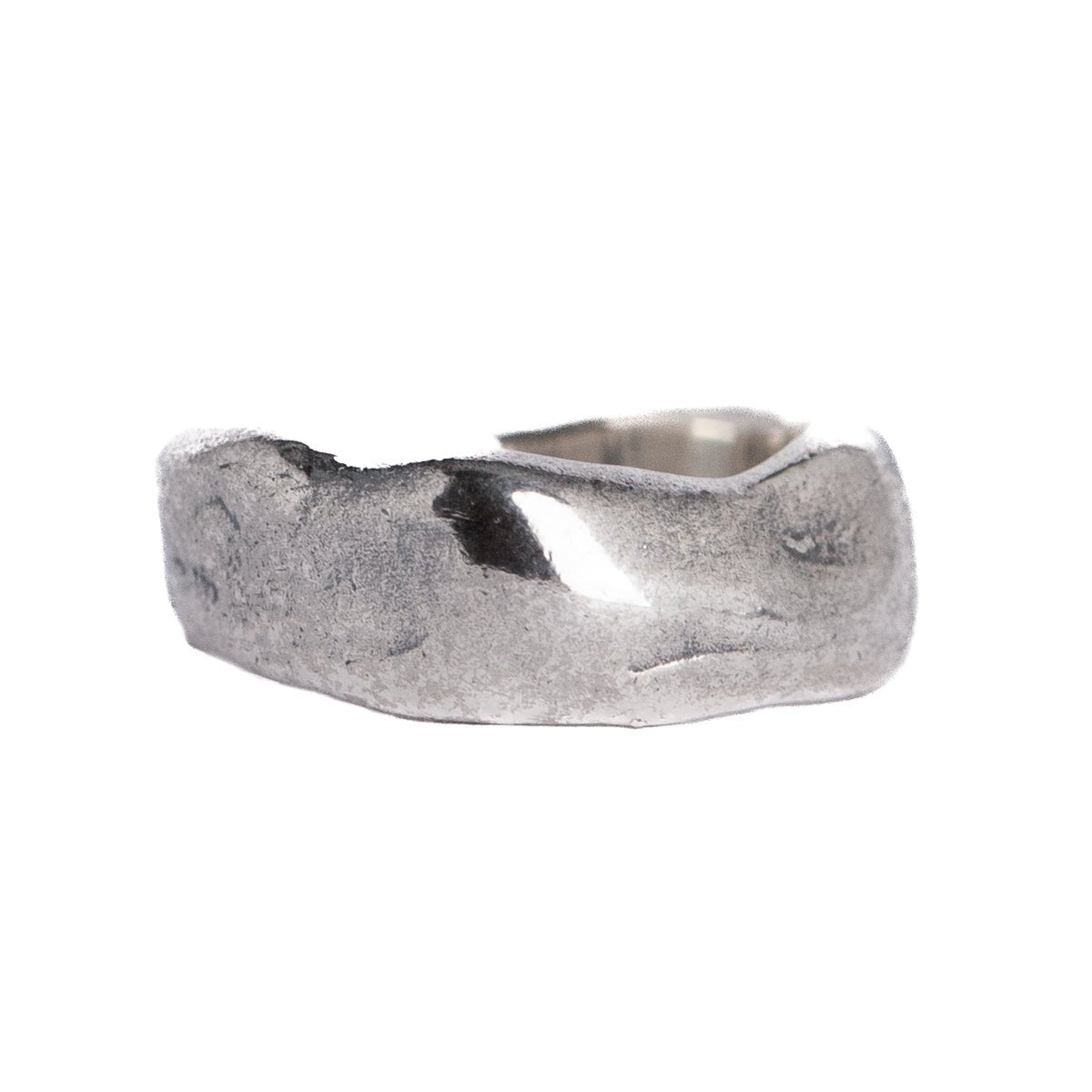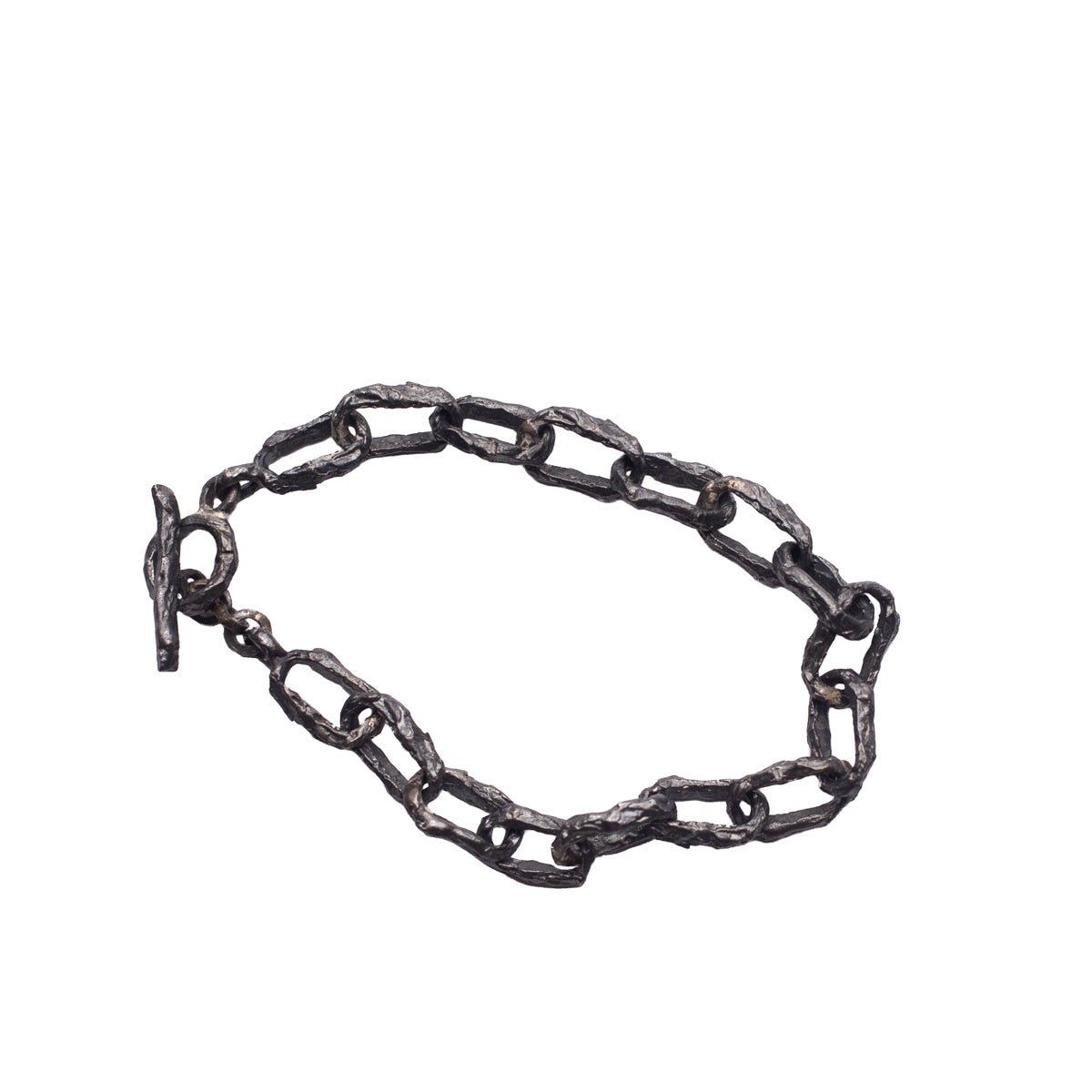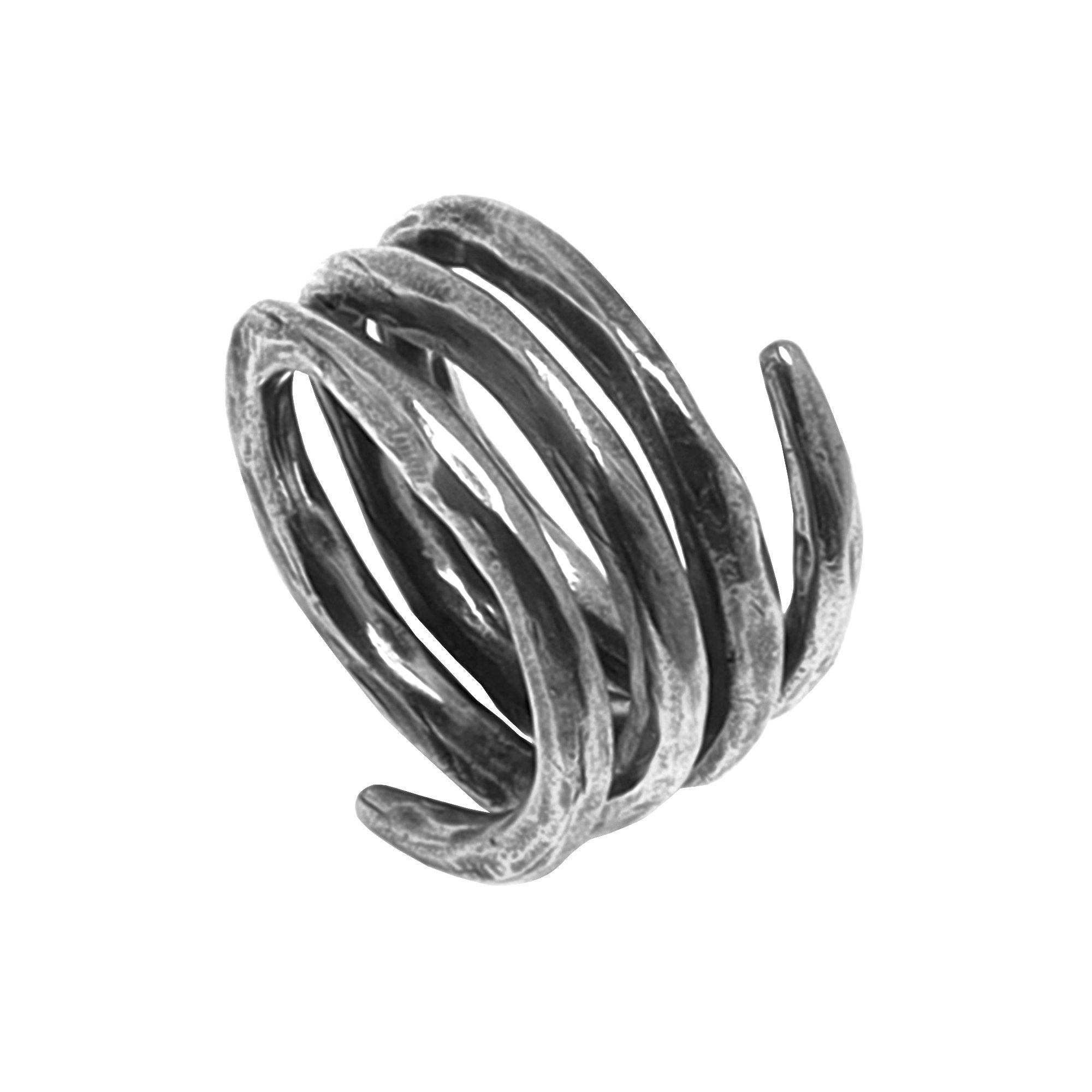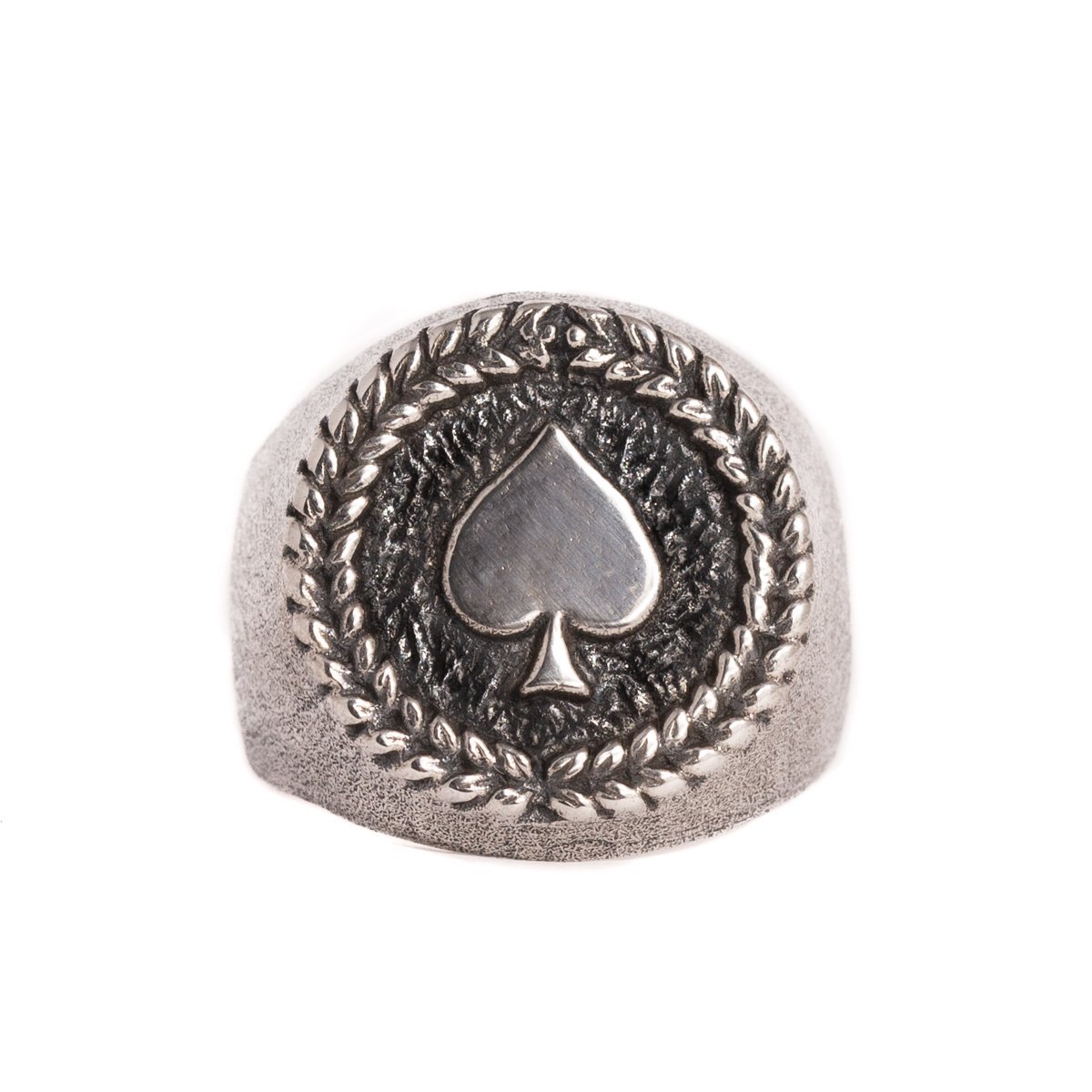by Jesús Zabala - 6 min read
Jewelry History
Jewelry has been an integral part of human history and culture for millennia. It has served as a symbol of status, adornment, and personal expression. In this post, we will delve into the fascinating ancient jewelry history, spanning from ancient civilizations to modern times. Continue reading to learn about the evolution of jewelry throughout history and discover intriguing facts about such adornment pieces.
Jewelry History: The Origins and Evolution of Adornments
Ancient Origins: Jewelry in Early Civilizations
Jewelry was one of the earliest forms of adornment. The origin of jewelry can be traced back to prehistoric times when early humans wore simple ornaments from natural materials. The ancient people adorned themselves with natural materials such as shells, bones, and feathers and wore stone jewelry.
These rudimentary adornments held cultural, spiritual, and protective significance. The first adornments were derived from hunts and involved teeth, claws, and bones. Hunters believed wearing trophies would bring good luck on the following hunts. By wearing jewelry, they also showcased their courage and prowess.
In early civilizations like Ancient Egypt and Mesopotamia, jewelry held a significant cultural, religious, and social importance.

When was jewelry invented
Jewelry has a long and rich history, with evidence of its early forms dating back thousands of years. The oldest known jewelry is known to be around 100,000 years old, consisting of simple beads from Nassarius shells.
As civilizations developed, so did the artistry of jewelry-making techniques and designs. People started crafting more sophisticated items and designs on pieces such as metal pendants and bracelets.
What was the first piece of jewelry made
The first pieces of jewelry were most likely simple ornaments made from natural materials such as shells, bones, and stones. The early forms of jewelry were used for personal adornment and held a cultural significance for people who wore them.
Materials Used by Early Civilizations
Early civilizations used various materials to create jewelry, depending on the available resources in the region. Gold, silver, and copper were popular choices, and gold was praised for its beauty and rarity.
The ancient civilizations from 3,000 to 400 BC wore simple stone amulets and seals, which carried spiritual significance. Some of the earliest examples of metalworking come from ancient Mesopotamia, around 3000 BC.
Precious and semi-precious stones were often polished and shaped for use in jewelry. In the coastal regions, shells served as common materials for jewelry and were made into beads and pendants. In some early cultures, clay, and pottery beads were used for creating jewelry, which was later decorated and painted.
What the Jewelry Meant
Jewelry often held symbolic meanings. Each civilization had unique styles and symbolic meanings associated with its jewelry. For instance, Egyptians believed jewelry displayed social status, and many wore amulets for protection against bad luck and illness. In Mesopotamia, jewelry conveyed religious and cultural affiliations.
Who wore jewelry in Ancient Civilizations
Jewelry had cultural, social, and religious significance for the ancient civilizations. Depending on the selected pieces, at the time, jewelry symbolized status and power in some cultures, while others held spiritual and religious importance.
Generally, men and women wore jewelry in ancient times, but the types and styles differed across cultures. Royalty and nobility often wore the most expensive pieces with precious gems as a symbol of their wealth, status, and power.
In many cultures, religious leaders wore specific jewelry to symbolize their authority and spiritual significance. People from all walks of life also wore jewelry, although the materials and styles were simpler for the average person.
Children also wore jewelry in some cultures, commonly as protective amulets, for cultural and religious reasons. Adornment pieces were often part of wedding ceremonies, signifying the union.

Egyptian Mastery and Opulence
Ancient Egypt is known for its opulent jewelry, and the Ancient Egyptians were renowned for their jewelry-making skills. The Egyptians preferred luxury and adored the shine and the rarity of gold.
They used materials like lapis lazuli, turquoise, and amethyst to create intricate pieces, often containing symbolic motifs. Glass beads, especially those with vibrant colors, were also incorporated into their jewelry.
In predynastic Egypt, the jewelry symbolized political and religious power. The gold and precious gemstones were reserved for the elite. Besides gold jewelry, Egyptians also used colored glass and semi-precious stones.
The colors they wore had a symbolic meaning for the Egyptians. For instance, green symbolized fertility, while yellow was associated with the sun and was used in crowns and ornaments for the pharaoh.
Intricate jewelry pieces like amulets and diadems showcased exceptional craftsmanship. The deceased were commonly buried with such pieces to ensure a prosperous afterlife.
Jewelry in the Classical and Medieval Periods
The Classical Period
Greco-Roman Influences
The classical period saw a significant influence on Greco-Roman culture when it came to jewelry design. This was especially prominent in the Mediterranean region, where Roman and Greek styles intermingled.
Greek Jewelry
Greek Jewelry was characterized by its simplicity and elegance. Common motifs included natural elements like flowers, leaves, and animals. Their jewelry included crowns, earrings, rings, and bracelets.
Precious metals like gold and silver were also used and often combined with gemstones like pearls, garnets, and emeralds. Their ornaments often featured intricate metalwork as they perfected casting and hammering techniques.
Roman Jewelry
Roman jewelry inherited Greek influences and was known for its opulence. Romans often used intricate techniques and gemstones like emeralds, pearls, and sapphires. They were often combined with colorful enamel work. They incorporated many materials, including gold, bronze glass beads, and colored stones.
Wealthy Romans adorned themselves with jewelry as a symbol of status and wealth. Bracelets for the wrists and upper arms, as well as jewelry made from gold coins, became popular among the Romans. They began using the brooch regularly to secure their clothing. Women usually wore rings, earrings, and necklaces to decorate themselves, while men mostly wore rings.
Medieval Period
During the medieval period, the jewelry became more ornament and symbolic and reflected a hierarchical society. The Byzantine Empire was known for its intricate and detailed jewelry, often featuring religious motifs.
The people of the Byzantine Empire preferred light gold ornaments inlaid with gems. In the medieval era, necklaces, braces, and brooches were worn as personal endorsements and status symbols. Different techniques were used for decorating the metal, such as enameling, plating, gliding, etc.
Renaissance and Baroque Jewelry
The Renaissance marked the development of the field of art and culture. Pendants, brooches, and shoulder clasps were common pieces people wore in this era. Also, earrings and bejeweled headdresses were prominent in this period.
During the Baroque era, diamonds, ruby, pearl, and topaz were frequently incorporated in the jewelry. The pieces often came in the shape of pea pods, leaves, and flowers. The Baroque era was marked by extravagant and ornate jewelry.
Victorian Sentiment Jewelry
The Victorian Sentiment Jewelry is also known as mourning jewelry. It was created to commemorate loved ones who passed away. The earrings were an integral part of this jewelry trend. They were typically crafted from materials such as jet, onyx, and black enamel and were associated with loss.
These pieces also often featured symbolic elements like urns, weeping willows, angels, and even strains of hair from a lost one. Some designs incorporated gemstones with pearls, which symbolized tears. They were sentimental by nature and served as a form of remembrance and expressing grief. They reflected the prevailing customs of mourning in that era.
When Did the Arts & Crafts Jewelry Appeared
The Arts and Crafts movement came to the fore in the late 19th century. It was a reaction to the mass production and industrialization of goods during the Victorian era. This era emphasized a focus on artistic value and brought handmade items back into fashion.
The jewelry pieces were characterized by their emphasis on simple and natural forms and the use of high-quality materials. They featured intricate metalwork, gemstones, and enamel. This movement had a lasting influence on jewelry design, paving the way for the Art Nouveau and Art Deco movements.

Modern Jewelry
Many types of jewelry today were once functional objects. For instance, pins and brooches were once clasps that held the clothing together. Rings and pendants were used for seals and early signs of rank and authority.
Today, jewelry is mass-produced and worn daily. Modern jewelry designers blend the traditional aesthetic with contemporary elements, creating pieces that appeal to various tastes, which enable individuals to express their style.
At JewelryLab, we offer a wide range of contemporary jewelry handcrafted in Bali, Indonesia. From authentically designed necklaces and polished rings to remarkable bracelets and unique earrings, you can find a variety of fashionable options.
Conclusion
The jewelry history is a testament to the cultural evolution and human creativity and craftsmanship over the years. Jewelry has a long history, with different civilizations using it for religious, protective, and cultural reasons. From ancient times to the variety of trendy pieces available today, jewelry has significantly evolved with time.
-
DESIGNED & HANDMADE IN BALI
-
FREE RESIZING FOR EVERY PIECE
-
FREE SHIPPING ON $150+ ORDERS
-
100% SAFE & SECURE CHECKOUT

